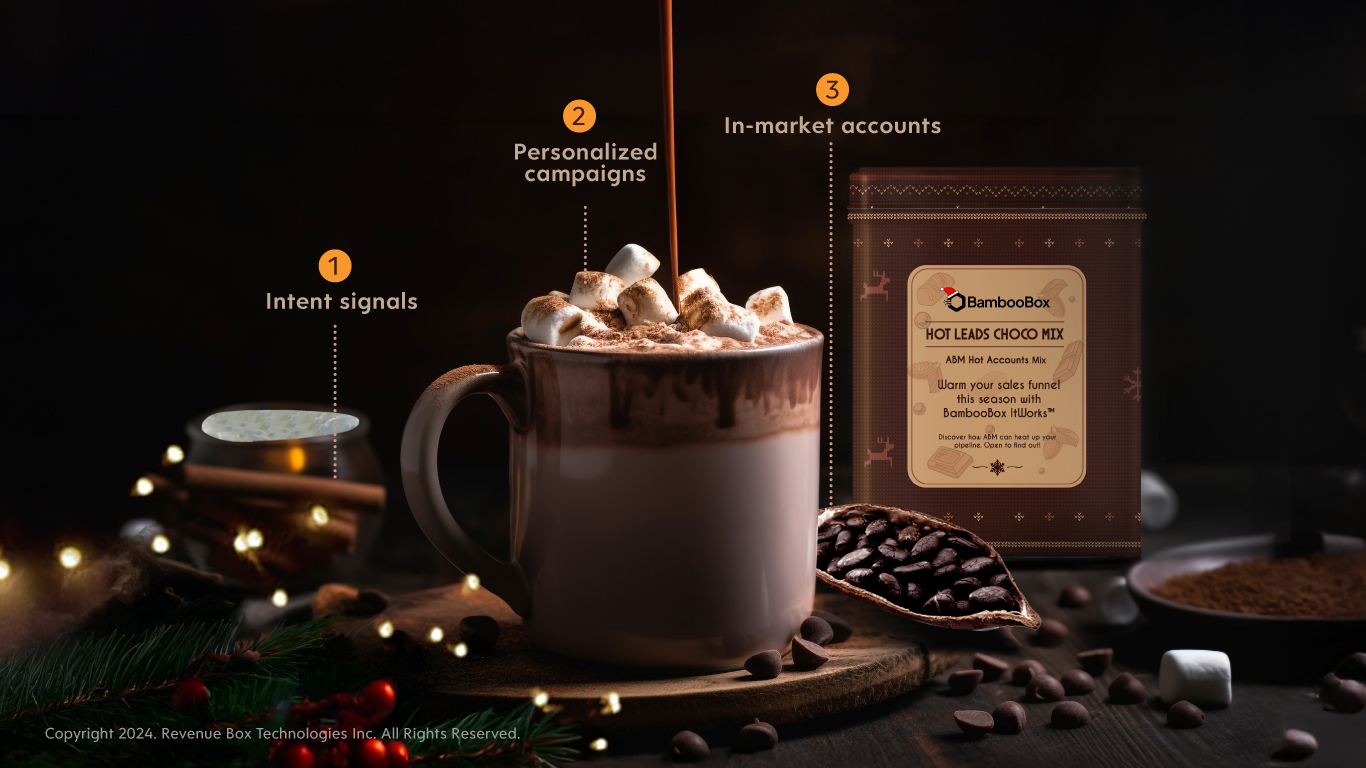Data-driven marketing employs the newest marketing data analytics skills. This helps locate the most influential media buys and to develop imaginative, individualized awareness about products.
To understand what data-driven marketing is, start by looking at the numerous ways consumer behavior has evolved in recent times. The technologies that make it feasible to collect and analyze vast amounts of data on customers, markets, and sectors. In this article, we will discuss the best data driven marketing strategies to boost your conversions.
Personalize your tactics
Individuals are more likely to pay attention to content and interactions designed explicitly for them, considering their demographics, purchasing habits, and other data.
Connect all of your marketing efforts
Identity resolution is a frequent method used in data-driven marketing strategy. It is the ability to reliably identify a person, location, or thing, as well as their relationships, using a combination of physical and digital identifiers. This method unifies advertising efforts across several platforms by considering each customer’s unique traits, passions, and digital habits. Here’s how you can do it.
Determine your data sources, which may include but are not limited to your website, social media, influencer marketing, the traditional press, videos, podcasts, and the like. Think about the audience and how they will interact with each medium to determine its value in achieving campaign objectives.
Incorporate modeling and attribution to ensure accurate data categorization and presentation for better marketing decisions. Marketers can’t make informed decisions regarding campaigns and client expectations without timely access to accurate information.
Use data checks and validation to verify the precision and trustworthiness of the data, allowing you to raise the bar on data quality steadily. Data is continually being integrated and updated in novel ways, making regular checks essential.
Ideal Customer Profile
By combining predictive analytics and account-based marketing, firms may more precisely target the kinds of accounts most likely to become loyal customers. An ICP lets sales and marketing teams work together harmoniously to steer the best leads through the sales funnel.
Calculate marketing return on investment using big data marketing
Combining marketing data analytics with the art of translating big data into actionable insights is essential for measuring data driven marketing. Here are a few examples of how to use big data to measure the success of your marketing campaigns.
- Reduce barriers between different departments to increase information sharing. In addition, businesses should make sure the information can be easily integrated with other systems and shared with internal and external sources. For example, companies might provide social media demographic information to affiliate marketers and internal SEO teams.
- Make sure data streams are refreshed in real time for quick decisions based on up-to-date data. If marketers want to compare the success of earlier initiatives to current campaigns’ success, they’ll need data “trails” that may be found in the stream. When appropriately used, streaming analytics can aid marketers in discovering novel business models, product upgrades, and income streams.
- Use data visualization tools to make analytics results accessible to audiences who aren’t math whizzes. Data scientists and marketers may talk about the analysis’ findings and their implications for future campaigns thanks to visualization.
Data onboarding brings your offline and online data together
Data onboarding, as defined by Digital Doughnut, is the act of bringing previously collected information from offline channels (such as mailing addresses, phone numbers, and in-store sales) into digital ones for use in advertising.
Data onboarding requires anonymizing the information first since personally identifiable information is utilized to link information from the two worlds.
By combining online and offline information, marketers can gain a deeper understanding of their target audience. Marketers can use this information to hone in on potential customers and create tailored messages based on actual ones.
Improve engagement with data driven marketing
The best way to learn what works and what doesn’t in business is to constantly test new things using different variations of your marketing strategies. The results of even the smallest of business trials may hold the secret to a significant increase in earnings.
Data driven marketing campaigns are more efficient, reach more of the right people, and get their messages across. When used together, big data and AI-based analytics give marketers unprecedented precision in identifying and contacting their ideal clients. So, implement the tips in the article to get the benefits of a data-driven marketing strategy.



